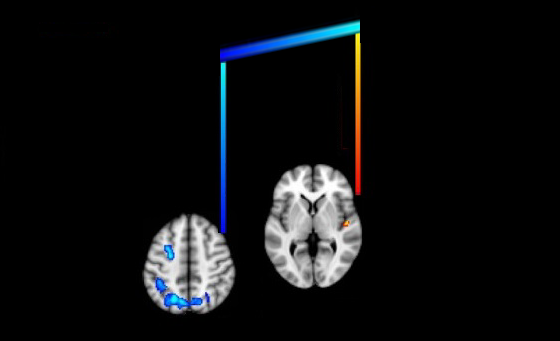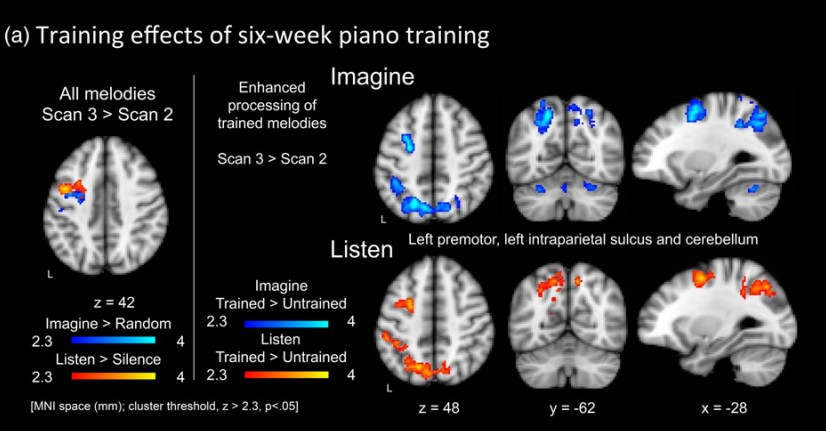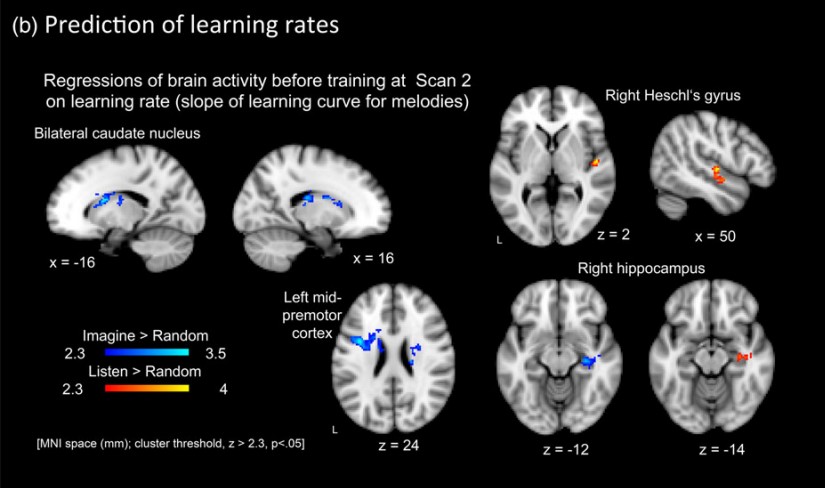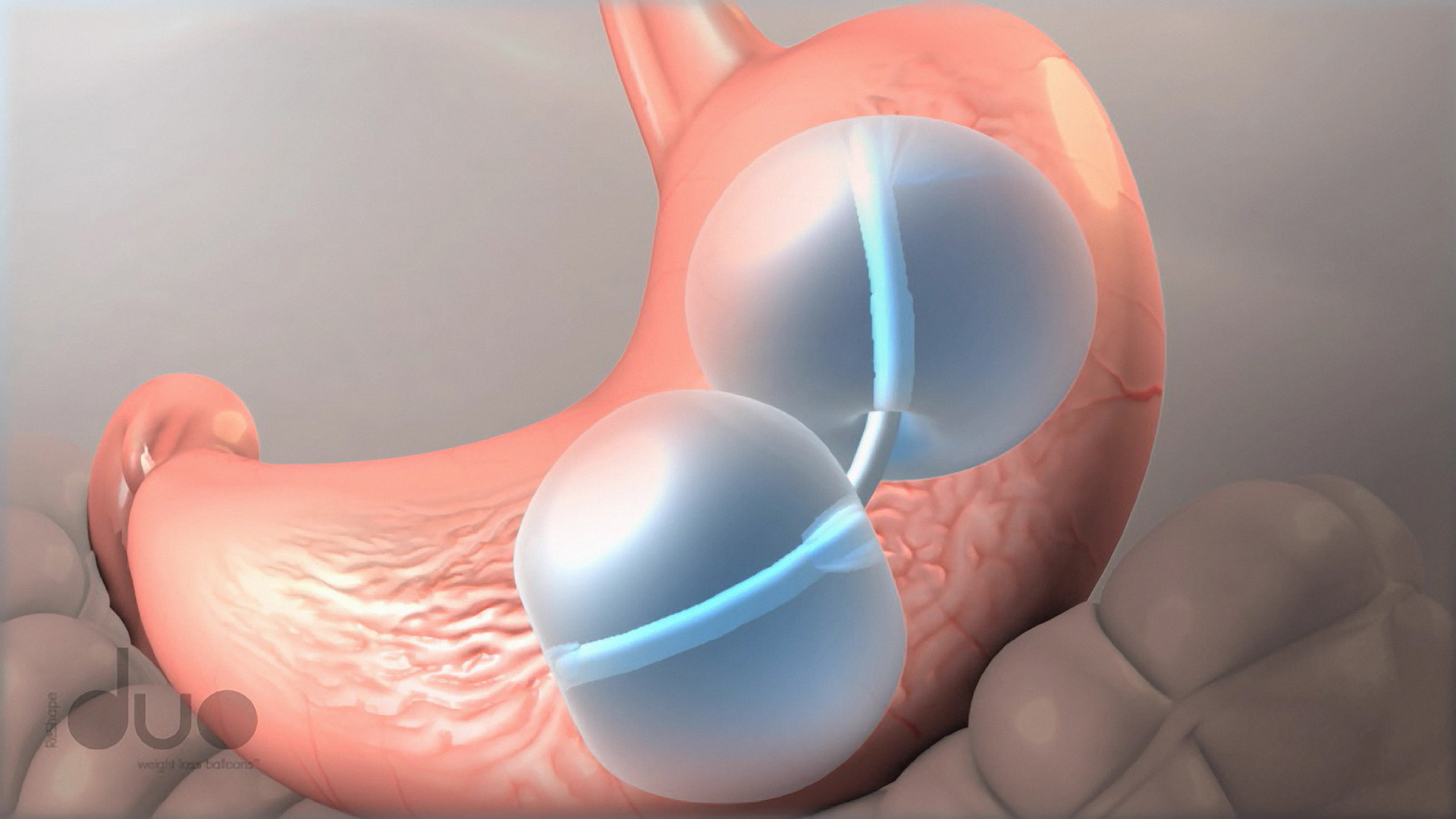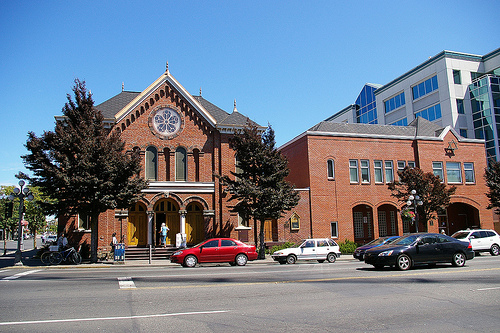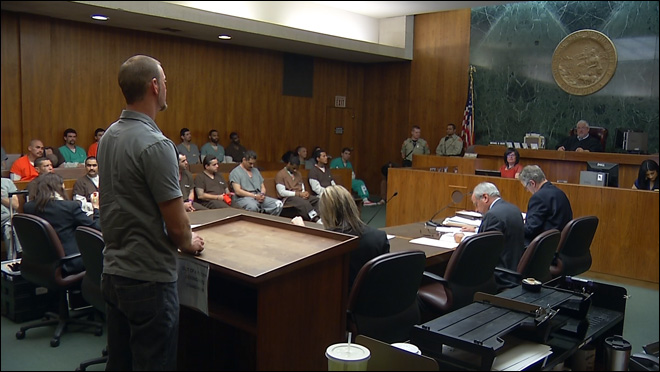“Middle-Eastern males” are approaching the families of US military personnel at their houses, the FBI has warned in an unclassified situation information report published Sunday.
The report initially publicized by an American veterans advocacy organization.
The report matches a similar force protection advisory released by the Washington National Guard describing a incident in Washington.
The FBI activity alert specifies Colorado and Wyoming states, where there were “numerous” accounts of “Middle-Eastern men” confronting the families of US military personnel at their doorsteps.
The report details incidents in May and June.
“In May 2015, the wife of a US military member was approached in front of her home by two Middle-Eastern males,” the report reads. “The men stated that she was the wife of a US interrogator. When she denied their claims, the men laughed. The two men left the area in a dark-colored, four-door sedan with two other Middle-Eastern males in the vehicle. The woman had observed the vehicle in the neighborhood on previous occasions.
“Similar incidents in Wyoming have been reported to the FBI throughout June 2015. On numerous occasions, family members of military personnel were confronted by Middle-Eastern males in front of their homes. The males have attempted to obtain personal information about the military member and family members through intimidation. The family members have reported feeling scared.
The identifications of the men are not known, according to the FBI warning, which requests that anyone with information contact the bureau in Colorado at 970-663-1028 or Wyoming at 307-632-6224.
By James Haleavy






